The lands of Disney’s America
Eisner wanted a park that combined many aspects of American history, positive and negative. With the technology and capabilities of Disney he planned to celebrate the “diversity of the nation.”
Disney’s America was supposed to contain nine lands, more commonly referred to as “territories.” Each would honor a certain era of a certain part of the United States.
Crossroads USA (1800-1850)
This land, inspired by the Civil War era, was the gateway into the park and the rest of the territories. Guests would enter a train trestle and ride one of two antique steel trains across the park.
Native America (1600-1810)
Disney was wise enough to celebrate the culture that lived in America long before those who would go on to found the United States. The Native America territory was being developed in tandem with the Pocahontas animated film, so Eisner and team hoped to build a village much like the setting of the movie. Multiple Mid-Atlantic tribes were to be represented with exhibits, arts and crafts and a Lewis and Clark Expedition. The whitewater raft ride intended for Native America would go on to inspire both Kali River Rapids at the Animal Kingdom and Grizzly River Run at Disney’s California Adventure.
Presidents' Square (1750-1800)
President’s Square would have been inspired by the colonial era. Like the abandoned Liberty Street project, this territory would have had the Independence Hall replica with a Hall of Presidents attraction.
Civil War Fort (1850-1870)
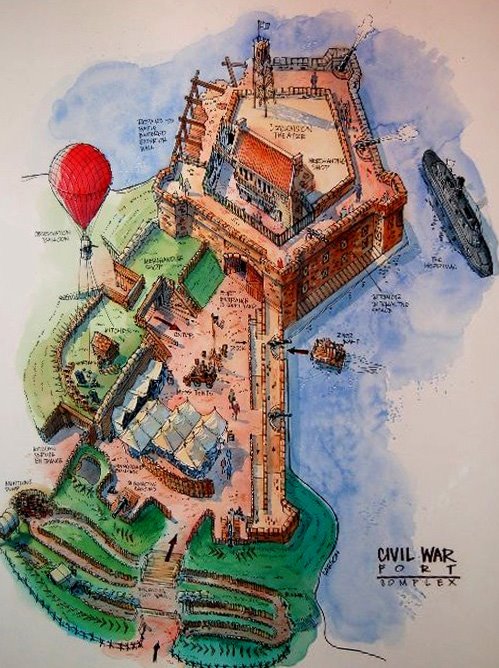
This is an example of how Eisner was also willing to explore the more controversial periods of American history through the theme park. It would have included Civil War re-enactments, recreations of water fights between battleships on Freedom Bay and a Circle Vision 360 movie showing scenes from a battlefield.
We The People (1870-1930)
We The People was going to be a recreation of Ellis Island, the famous gateway for immigrants into the United States. This land would focus on sharing the immigrant experience, with ethnic food and music as well as a show depicting how conflict between different cultures shaped America. The plans for the show got a little more lighthearted by 1994, however, with Imagineers considering making a musical about immigration featuring the Muppets instead.
Enterprise (1870-1930)
Even though it would have covered the exact same period of time as We The People, the Enterprise territory would have been drastically different. A recreation of an American factory town, it was going to celebrate the technology that came out of the United States during that time.
It was originally supposed to have a steel mill-themed roller coaster called Industrial Revolution, but that plan likely would have been scrapped. In his memoir, Eisner indicates that he and his team were worried that the roller coaster wouldn’t have been an effective presentation of what life working in a steel mill is like, and could possibly have even trivialized the experience.
State Fair (1930-1945)
Here’s what Disney promotional material said about the recreation of 1930’s Coney Island:
State Fair celebrates small town America at play with a nostalgic recreation of such popular rides as a 60-foot Ferris Wheel and a classic wooden roller coaster, as well as a tribute to the country’s favorite pastime, baseball. Amid a backdrop of rolling cornfields, fans may have a hot dog and take a seat in an authentic, old-fashioned ball park and watch America’s legendary greats gather for an exhibition all-star competition.
This concept would later serve as inspiration for the Paradise Pier area of California Adventure.
Family Farm (1930-1945)
Family Farm was described as one of the most untraditional parts of Disney’s America. Based on the plans we know about, it wouldn’t have had any traditional attractions. There would have been exhibits and demonstrations focusing on rural life, an intense fascination of Michael Eisner’s. Guests would learn about and even participate in such activities as the harvesting of crops, the milking of cows and the making of home-made ice cream. It’s awfully similar to Bountiful Valley Farm at California Adventure, an area that was scrapped in 2010. If Disney’s America was completed, Family Farm may have suffered a similar fate.
Victory Field (1940-1945)
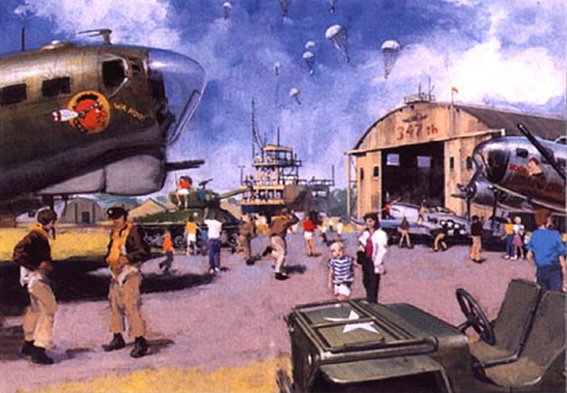
This was to be a territory themed to look and feel like a military airfield from around World War II. The popular attraction Soarin’ was actually intended for Victory Field, but once the plans were scrapped it moved over to Epcot and California Adventure. A really crazy plan the Imagineers had for Victory Field was for the first-ever dueling inverted roller coasters called Dogfighter. Guests would have been flying on German and American plane-themed trains, and there would have been several “near-misses.” It was too costly a project to be considered for long, but it’s cool to imagine.
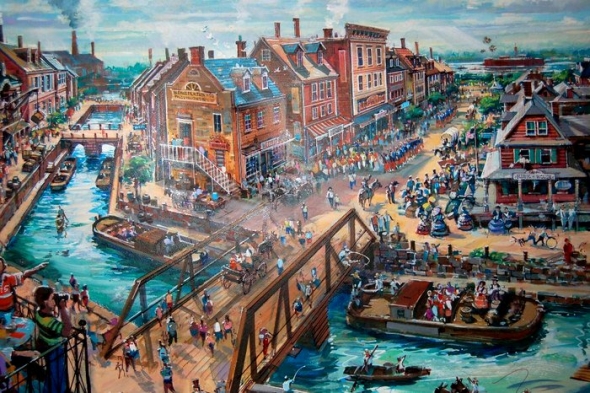
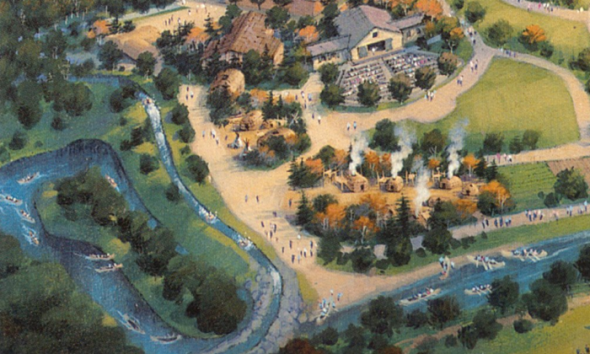
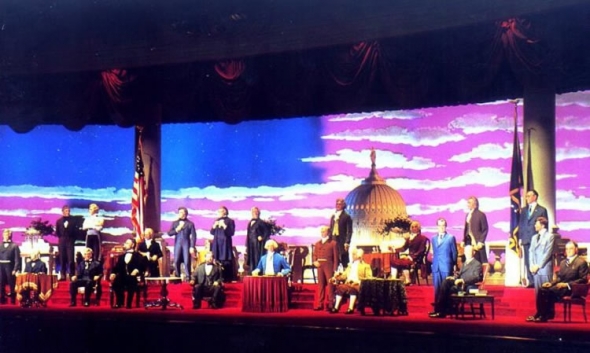
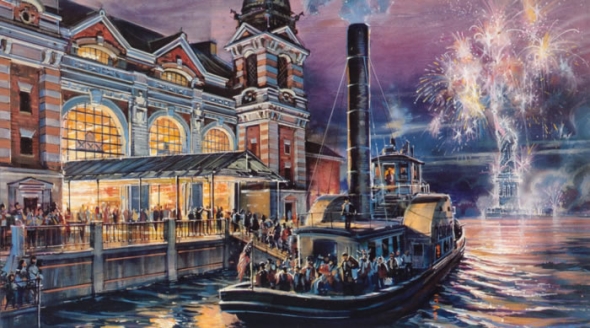
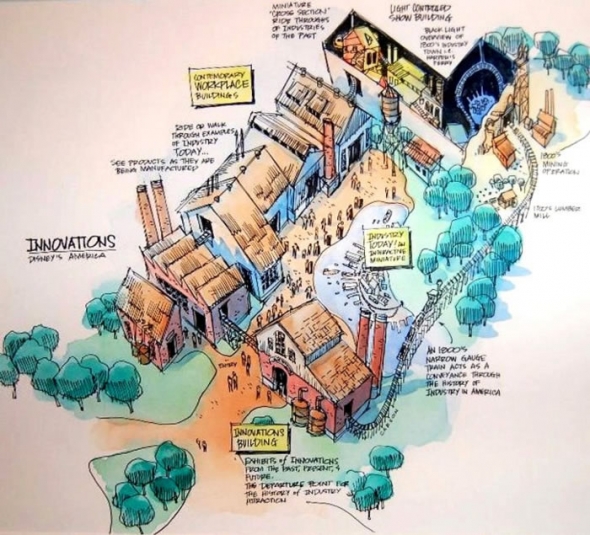
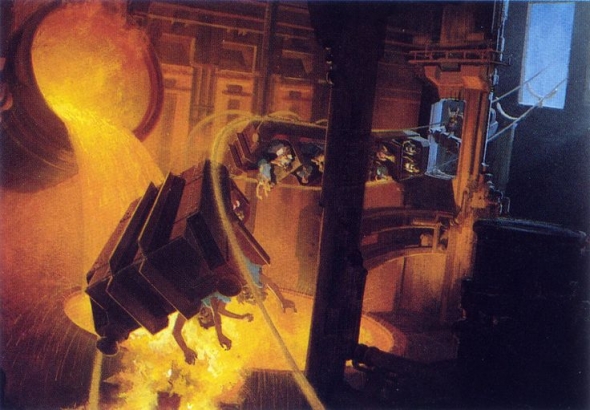
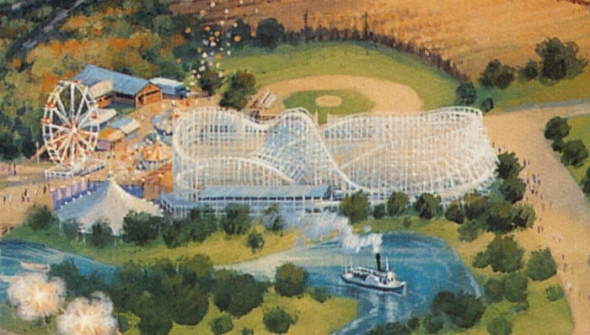
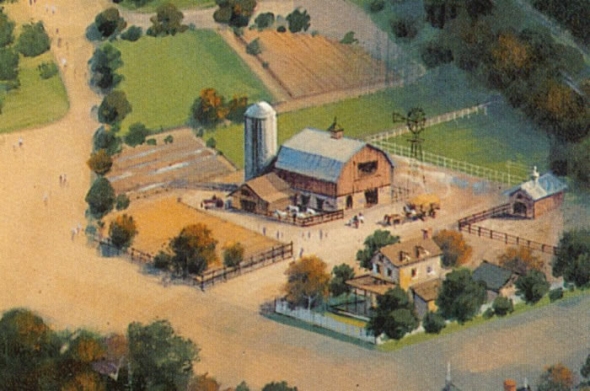
Add new comment